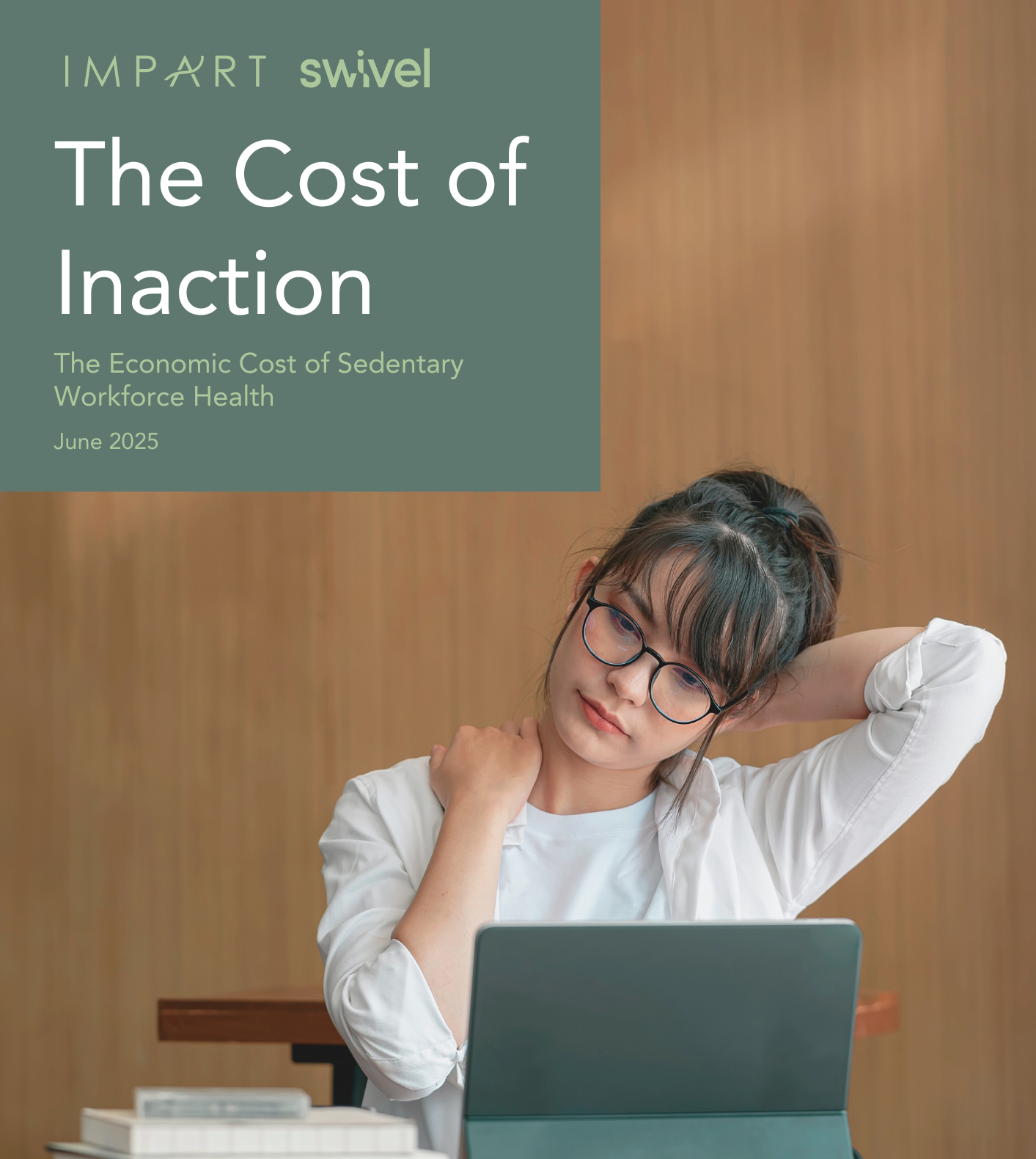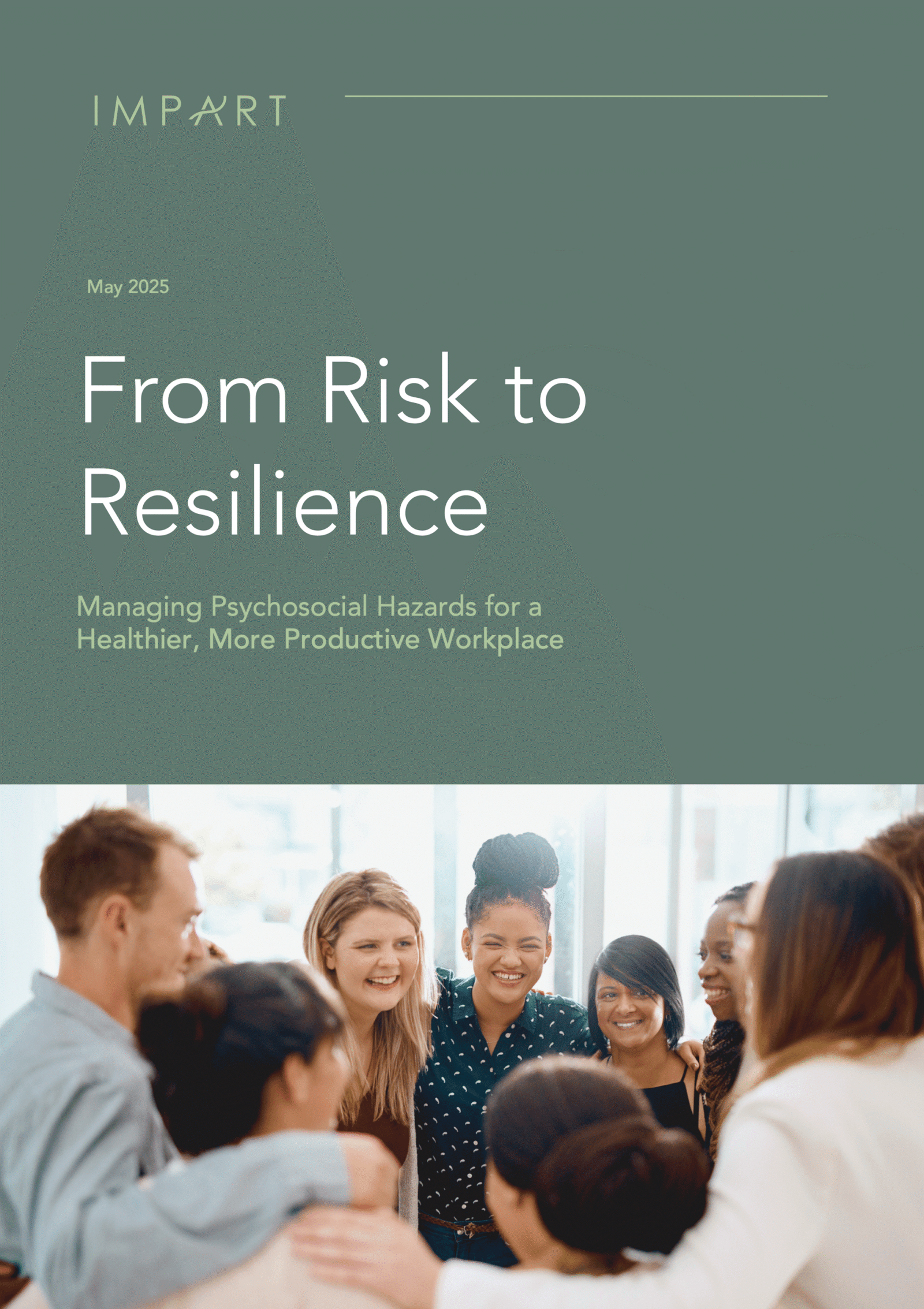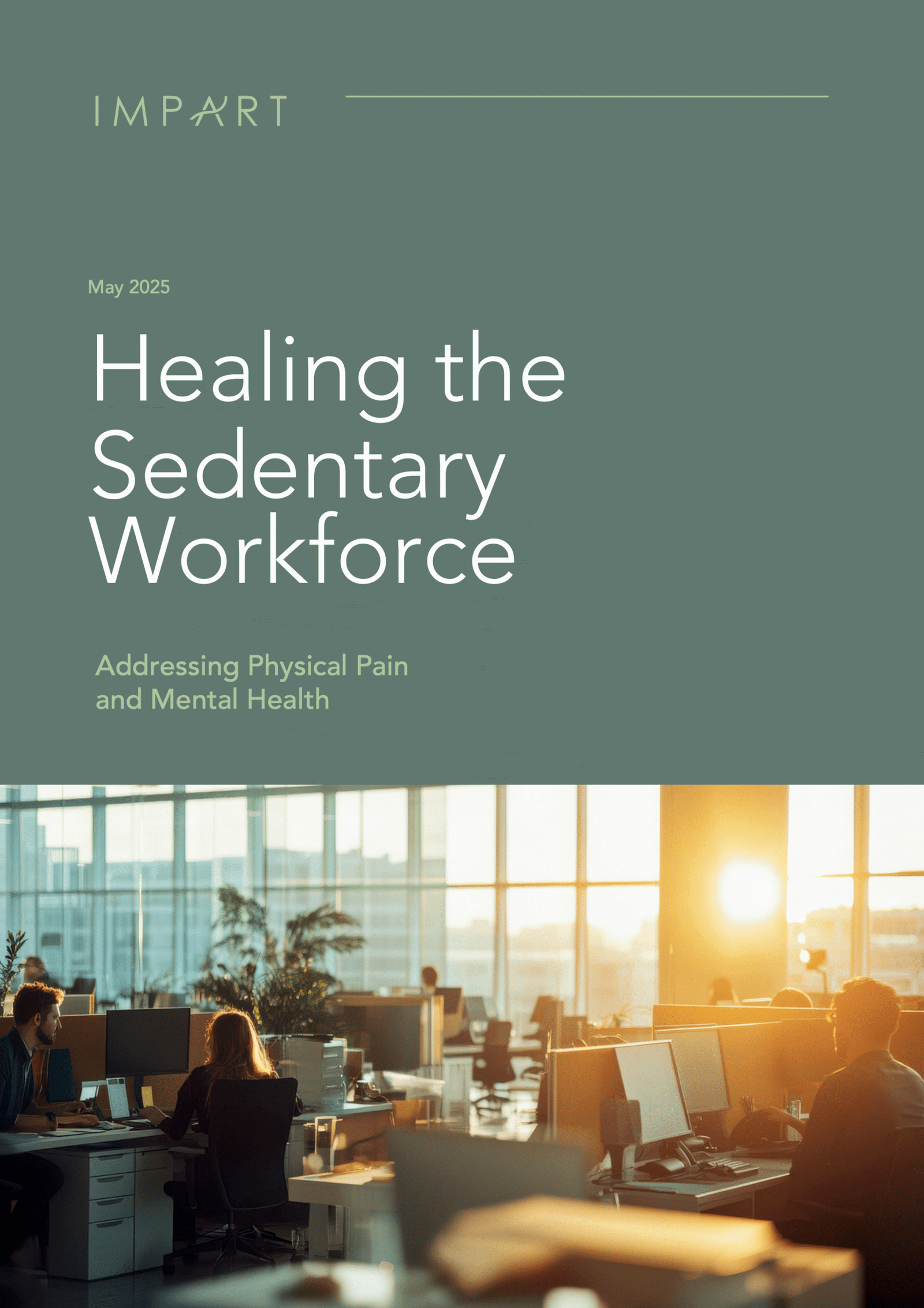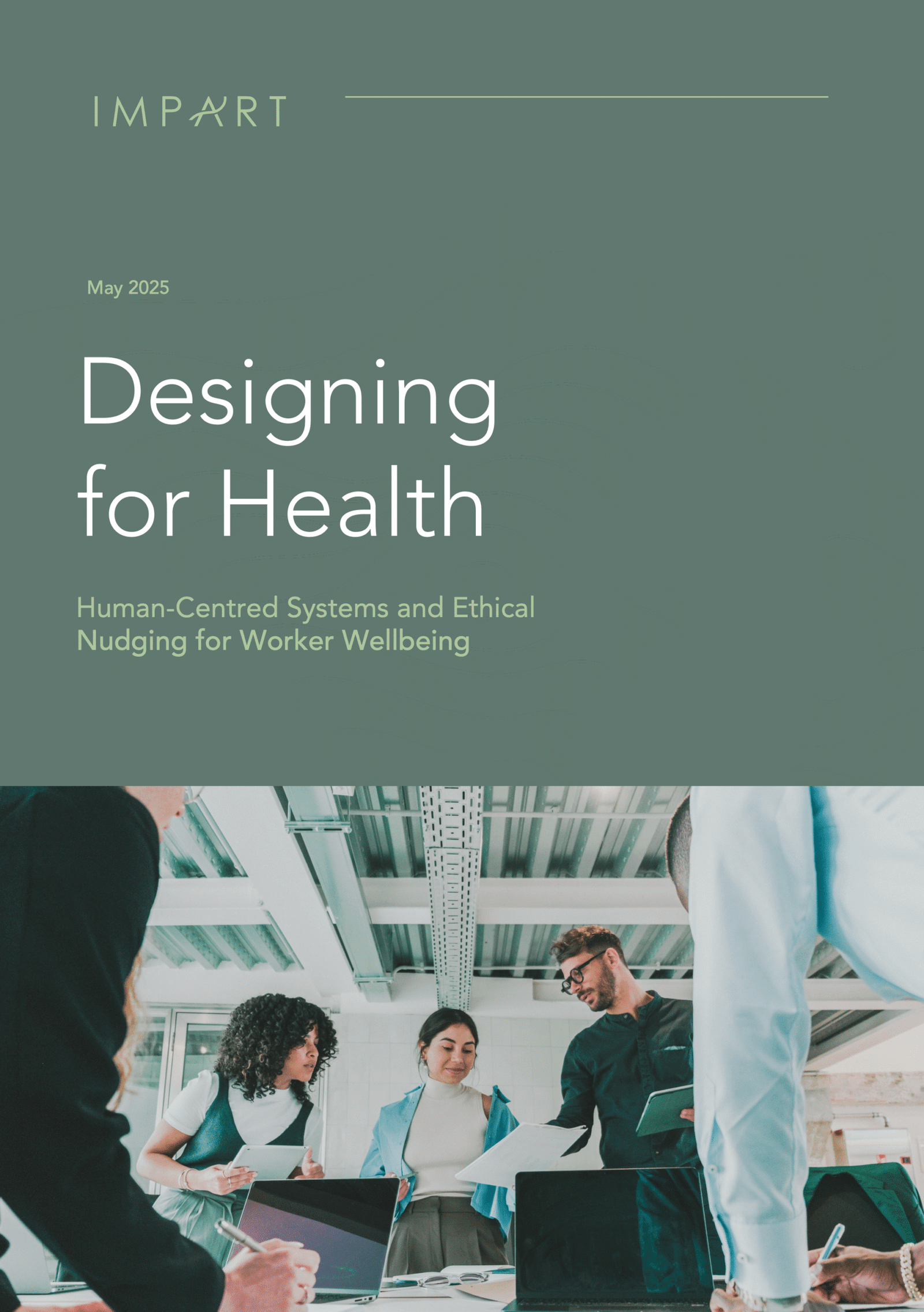Whitepapers and research.
Download our whitepapers.

The Cost of Inaction: The Economic Cost of Sedentary Workplace Health
This report examines the significant economic and societal costs of sedentary work in Australia, where a large proportion of the workforce spends most of the day seated. The paper identifies major cost channels, specifically healthcare expenditure, mortality-related losses, and productivity reductions from absenteeism and presenteeism, alongside the burden of musculoskeletal disorders, workers’ compensation claims, and chronic health conditions. Costs are qualified at both individual and national levels. The report concludes that preventative measures and workplace design interventions could yield significant financial and wellbeing benefits.

From Risk to Resilience: Managing Psychosocial Hazards for a Healthier, More Productive Workplace
Psychosocial health is a crucial component of workers’ overall health and wellbeing. Some aspects of work design and the work environment can have the potential to cause physical and/or psychological harm and are called psychosocial hazards. Employees face different hazards based on the nature and expectations of their work. Chronic exposure to these hazards is linked to adverse health outcomes like anxiety, depression, fatigue, cardiovascular symptoms, and musculoskeletal symptoms.

Healing the Sedentary Workforce: Addressing Physical Pain and Mental Health
The connection between physical pain and mental health has garnered increasing attention in both academic and clinical contexts. Work environments significantly contribute to physical injuries and mental health conditions. Physical pain can exacerbate mental health issues like depression and anxiety, while poor mental health can amplify the perception and experience of physical pain. Work-related musculoskeletal disorders (WMSDs) are a significant source of occupational injury and disability for the Australian workforce.

Designing for Health: Human-Centred Systems and Ethical Nudging for Worker Wellbeing
This whitepaper examines how the integration of human-centred systems design and ethical positive nudging can reshape organisational approaches to system effectiveness and user satisfaction, with a specific focus on worker health and wellbeing.
Read our research articles.
The Injuries We Don’t Count: Sedentary Work and the Silent Health Burden
Most organisations can describe their LTIs to the day. They can list first‑aid cases, medical‑treatment injuries, even fatalities. But the most common and costly harms

Beyond Posture: Why Workload Shapes Musculoskeletal Risk
The argument in brief For years, musculoskeletal disorders (MSDs) have been framed primarily as a chair‑and‑posture problem. That view is incomplete. Two levers move risk:

Designing for Demand: Ergonomics When Work Won’t Slow Down
Leaders are urged to “eliminate psychosocial risks.” In reality, many pressures are structural: lean teams, always‑on comms, calendar congestion, complex work. High demand isn’t going

Ergonomics Beyond Posture: A Dual‑Adjustment Approach for Office & Hybrid Work
Most organisations still treat ergonomics as a posture problem to be solved with a better chair, a lower desk, or a correctly placed monitor. Necessary,

Why Taking a Break at Work Might Be the Smartest Thing You Do Today
Forget the hustle mantra. Today’s most effective workplaces are not powered by constant grind. They are structured around intentional pauses. Whether it is a five-minute
